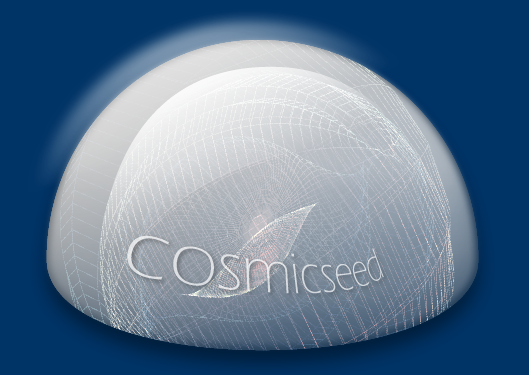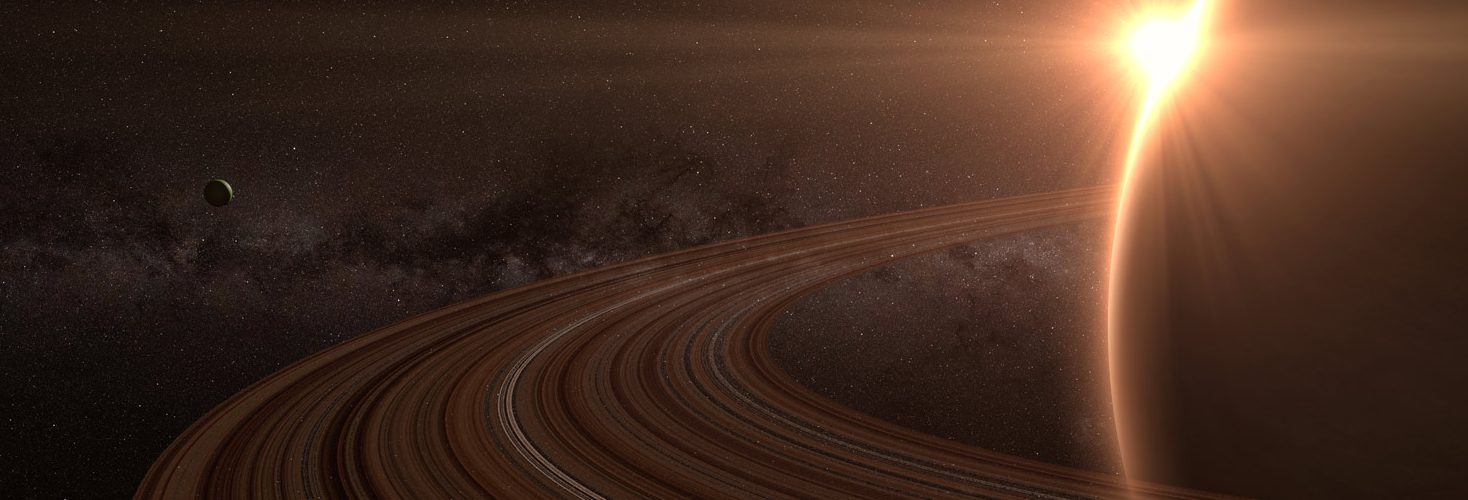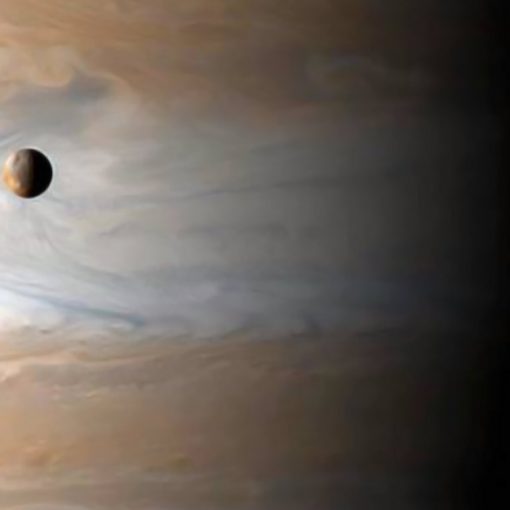Interstellar grains seen by the Cassini spacecraft lend support to the old panspermia hypothesis.
By Dirk Schulze-Makuch
airspacemag.com
April 21, 2016
After analyzing ten years of data from the Cassini spacecraft that’s been orbiting Saturn since 2004, a team of scientists led by Nicolas Altobelli of the European Space Agency in Madrid, Spain, reports finding dust that came from outside our solar system. Along with millions of ice-rich dust particles shed by Saturn’s moons, Cassini’s Cosmic Dust Analyzer detected a grand total of 36 grains that the scientists could trace back to the local interstellar cloud. That cloud is an almost empty bubble of gas through which our solar system is currently moving.
The small interstellar dust grains were zipping past Saturn at speeds of over 72,000 kilometers per hour (44,000 mph), which explains how they avoided becoming gravitationally trapped by the sun. This marks the first time scientists have been able to analyze material from outside our solar system. Intriguingly, the Cassini Cosmic Dust Analyzer saw the same kind of chemical and mineralogical make-up in the interstellar grains as it did in the local dust.
Read more




